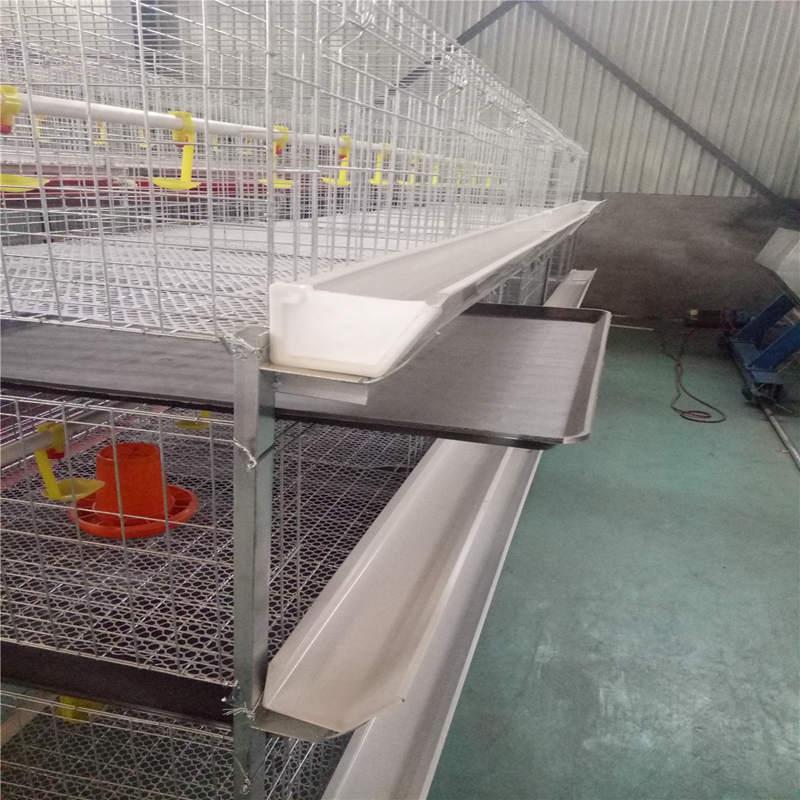Optimal Solutions for Efficient Stationary Feed Mixing Systems in Agricultural Settings
Nov . 05, 2024 21:51 Back to list
Optimal Solutions for Efficient Stationary Feed Mixing Systems in Agricultural Settings
The Importance of Stationary Feed Mixers in Modern Agriculture
In today's fast-paced agricultural environment, maximizing efficiency and productivity is crucial for farmers aiming to meet the growing demands for food and livestock products. One essential piece of machinery that has emerged as a linchpin in modern farming practices is the stationary feed mixer. These machines play a pivotal role in the preparation of animal feed, ensuring that livestock receive balanced and nutritious diets tailored to their specific needs.
What Are Stationary Feed Mixers?
Stationary feed mixers are large-scale machines designed to mix various ingredients uniformly to create a consistent feed mixture. Unlike mobile mixers, which can be transported to various locations on a farm, stationary mixers are fixed in place. This design offers several advantages, particularly for large farms that require high volumes of feed production.
The Mechanism Behind Stationary Feed Mixers
Typically, a stationary feed mixer comprises a large mixing chamber, an auger or mixing arms, and a feed discharge system. Ingredients such as grains, forages, vitamins, and minerals are loaded into the mixing chamber, where the auger or mixing arms combine them thoroughly. The meticulous blending process ensures that every portion of feed contains the right balance of nutrients, essential for livestock health and productivity.
Advantages of Using Stationary Feed Mixers
1. Consistency and Quality Control One of the significant benefits of stationary feed mixers is their ability to create a uniform feed mixture. Inconsistent feed can lead to nutritional imbalances, impacting animal health and growth rates. By using a stationary mixer, farmers can maintain high-quality standards, ensuring that livestock receive the necessary nutrients in every bite.
stationary feed mixers

2. Increased Efficiency With stationary feed mixers, the feed production process is streamlined. Farmers can prepare large quantities of feed in a shorter amount of time, allowing them to focus on other essential farming tasks. This increased efficiency is particularly vital during peak feeding times, such as calving or breeding seasons.
3. Cost-Effectiveness Investing in a stationary feed mixer can result in long-term cost savings. By producing feed on-site, farmers can control their ingredient costs and reduce the dependency on commercial feed suppliers. Additionally, the ability to utilize locally sourced raw materials can further drive down expenses.
4. Customization of Feed Rations Every livestock species has specific nutritional needs that may vary with age, weight, and production goals. Stationary feed mixers allow farmers to customize rations, adjusting ingredient proportions to cater to the specific requirements of different animal groups. This flexibility is vital for optimizing growth and productivity and ensuring the health of the livestock.
Environmental Considerations
Beyond operational efficiencies, stationary feed mixers also contribute to more sustainable farming practices. By enabling farmers to create their feed, there is a reduced carbon footprint associated with transportation and packaging of commercial feeds. Furthermore, with better feed formulation, farmers can minimize feed waste, leading to a more environmentally friendly approach to livestock management.
Conclusion
As the agricultural industry continues to evolve, the importance of machinery like stationary feed mixers cannot be overstated. They provide a reliable solution for producing high-quality, customized feed that meets the nutritional needs of livestock. By enhancing efficiency, reducing costs, and promoting sustainability, stationary feed mixers play a significant role in preparing farmers for the challenges of modern agriculture. As such, they are an indispensable tool for any serious livestock operation aspiring to thrive in a competitive market.
In conclusion, investing in a stationary feed mixer is not just about improving feed quality and efficiency; it’s about equipping farms with the tools necessary to meet future challenges in food production and sustainability. As the push for innovative agricultural practices continues, stationary feed mixers will remain at the forefront, supporting farmers in their mission to nourish a growing global population.
-
Hot Sale 24 & 18 Door Rabbit Cages - Premium Breeding Solutions
NewsJul.25,2025
-
Automatic Feeding Line System Pan Feeder Nipple Drinker - Anping County Yize Metal Products Co., Ltd.
NewsJul.21,2025
-
Automatic Feeding Line System Pan Feeder Nipple Drinker - Anping County Yize Metal Products Co., Ltd.
NewsJul.21,2025
-
Automatic Feeding Line System - Anping Yize | Precision & Nipple
NewsJul.21,2025
-
Automatic Feeding Line System - Anping Yize | Precision & Nipple
NewsJul.21,2025
-
Automatic Feeding Line System-Anping County Yize Metal Products Co., Ltd.|Efficient Feed Distribution&Customized Animal Farming Solutions
NewsJul.21,2025






